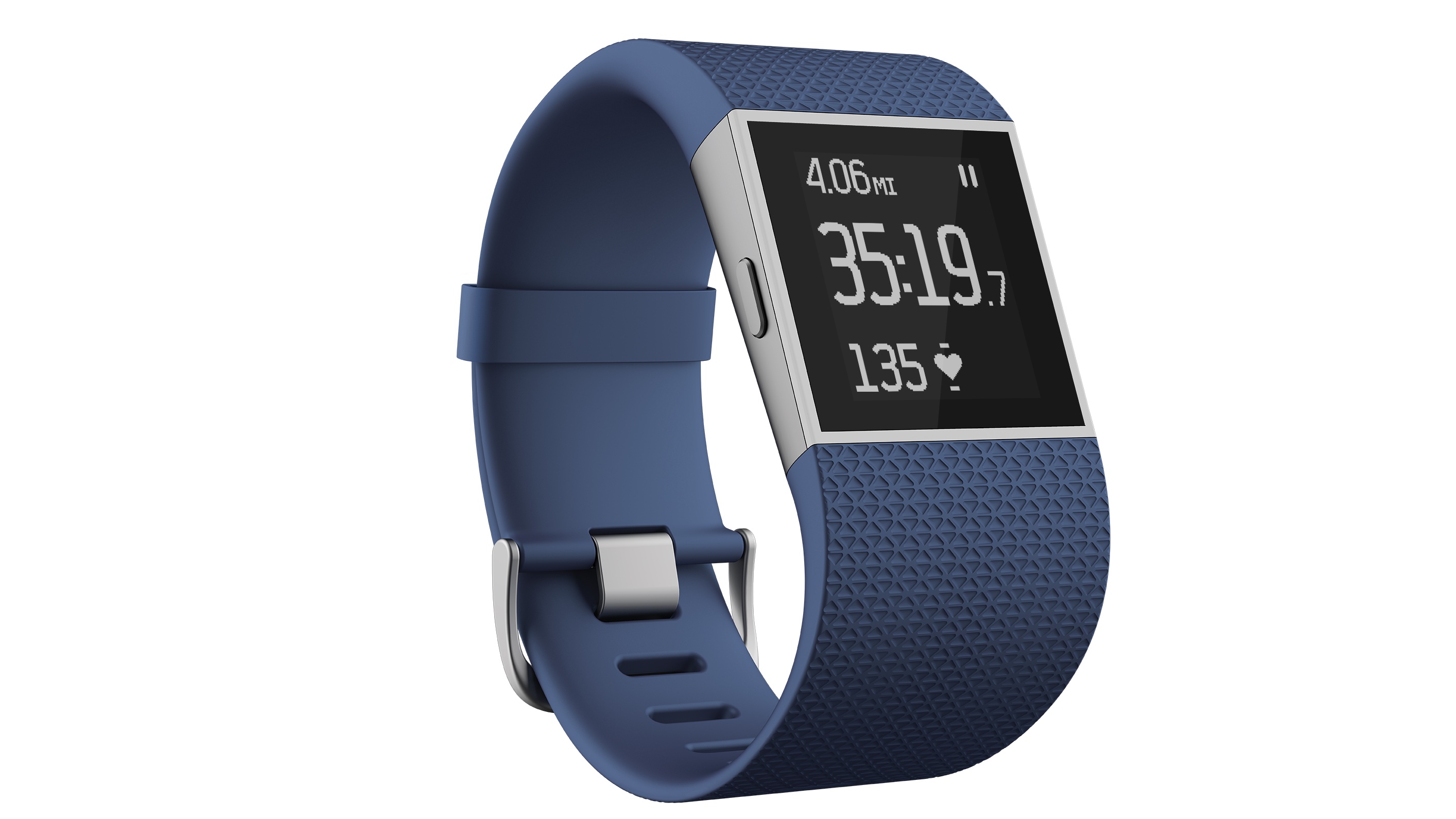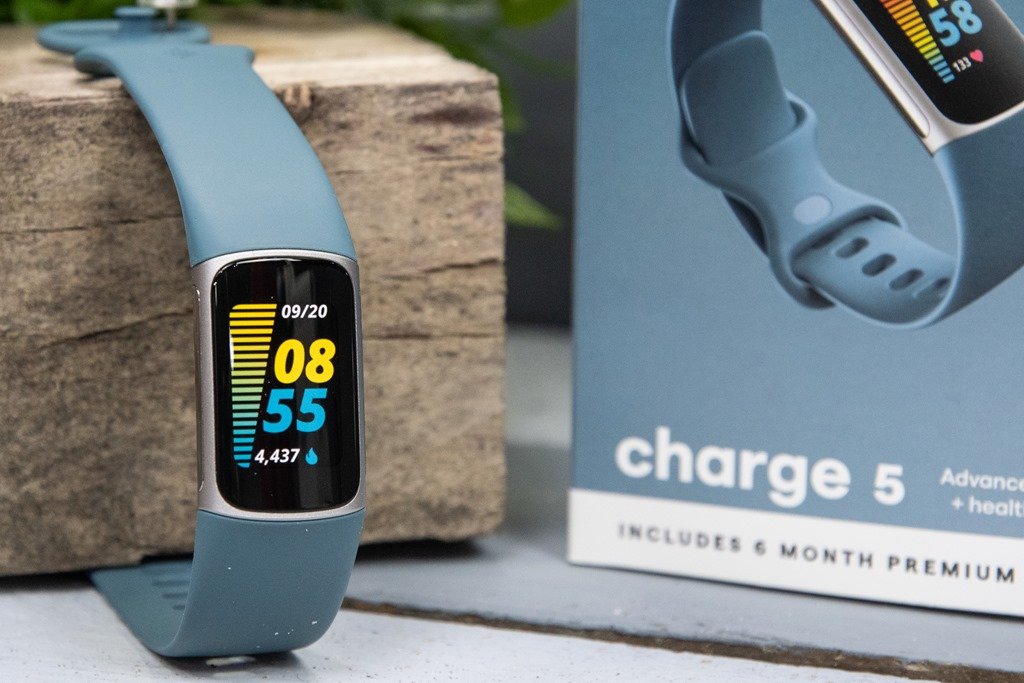

If you don’t have your phone, the GPS takes longer to connect-about 15 to 20 seconds. If you have your phone with you, the GPS takes only seconds to connect, and we didn’t experience any connectivity issues during the testing process. To record a walking, running, or cycling workout, swipe on the home screen to the exercise tab, select which activity you want to complete, and tap the start button. The built-in GPS is easy to use, thanks to the tracker’s exercise shortcuts. It’s easy to scroll through and responsive to touch, even in the middle of a sweaty workout. Its screen is twice as bright as the Charge 4’s and has an “always on” display option, which makes it easy to read when you’re outside in the sun. The Charge 5 is slightly smaller than its predecessor and our former top pick, Charge 4 (it’s 10% thinner, according to Fitbit), and is comfortable to wear both while lounging and exercising. With the Charge 5, you get a plethora of fitness tracking features like 24/7 heart rate monitoring, summarized sleep data, exercise statistics, and stress tracking all at your fingertips, which makes it a great pick for those who prefer looking at their information on their wrist instead of opening up an app.

It’s small enough to satisfy those who prefer the size of a fitness tracker over a smartwatch, but has a screen large enough to comfortably swipe through your stats on the device.

These are the best Fitbits we tested, ranked in order:Įasy to use, comfortable to wear, and jam-packed with health-tracking features, the Fitbit Charge 5 is our favorite fitness tracker. Fitbit offers a range of devices at different prices, with deeper data acquisition and analysis, larger displays, and more smartphone features as you spend more (and only the basic fitness features only as you spend less). So which is the best Fitbit? After significant testing, we discovered the Fitbit Charge 5 ( available at Amazon for $119.95) out-performed not just other Fitbit devices, but all other trackers from brands like Garmin, Withings, and Samsung. But for some people, when they say they want a fitness tracker, they mean they want a Fitbit-whether it’s because their job is offering a wellness incentive program, or a friend has been a bug in their ear about buddying up on a quest to become more active, or they simply want an easier way to set healthier goals. Written by Sara Hendricks, Amy Roberts, and Esther Bellįirst things first: You don’t need a Fitbit to get great fitness tracking on your wrist.


 0 kommentar(er)
0 kommentar(er)
